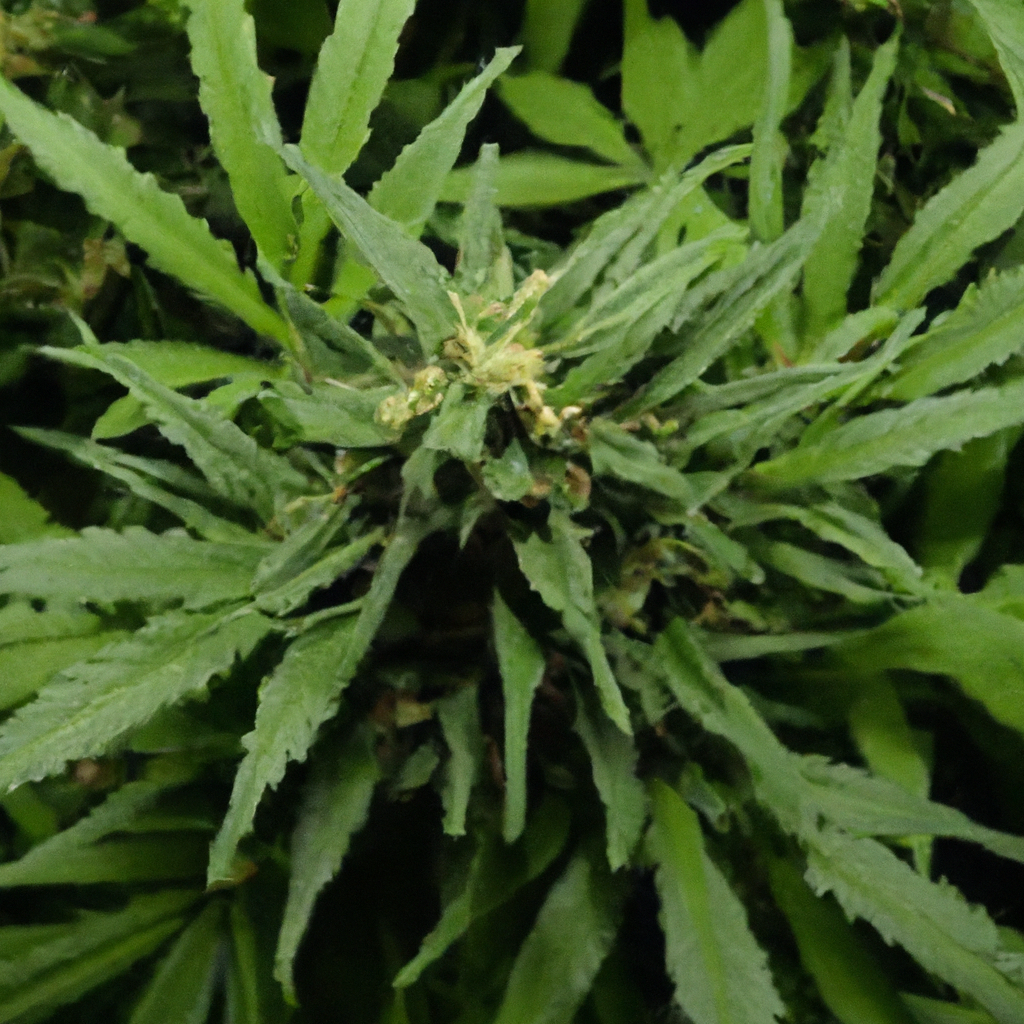Your cart is currently empty!
Growing cannabis presents many challenges, but one of the most persistent is the battle with pests. While numerous techniques are available, finding the right approach ensures a healthy yield and maximizes your plants’ potential. In this article, we delve into innovative pest control methods to safeguard your cannabis cultivation from unwanted invaders.
Introduction to Cannabis Pest Control
The flourishing cannabis industry has inspired both seasoned cultivators and new enthusiasts to explore diverse cultivation techniques. Yet, pests pose a ubiquitous threat, potentially impacting yield quality and quantity. Implementing a robust pest management strategy not only safeguards your crops but also ensures that your cannabis plants thrive.
Integrated Pest Management (IPM)
Integrated Pest Management is a sustainable approach combining different management strategies and practices:
- Cultural Controls: Adopt practices like crop rotation and removing debris to make the environment less inviting to pests.
- Biological Controls: Introduce beneficial insects such as ladybugs and predatory mites to naturally reduce pest populations.
- Mechanical and Physical Controls: Use traps and barriers to limit pest access to your plants.
- Chemical Controls: As a last resort, apply organic pesticides and only in targeted, minimal quantities.
Natural Alternatives to Chemical Pesticides
Chemical pesticides can be harmful to both plants and consumers. Consider these natural alternatives:
- Diatomaceous Earth: A natural powder made from fossilized algae remains, it acts as an effective barrier and contact insecticide for crawling pests.
- Neem Oil: Derived from the seeds of the neem tree, it disrupts the life cycle of pests without harming beneficial insects.
- Soap Sprays: Liquid dish soap mixed with water can eliminate pests by desiccation.
Case Study: Successful IPM in a Home-Grown Setup
Jane, a home grower, faced a severe aphid infestation threatening her cannabis plants. By implementing a structured IPM approach, she transformed potential failure into success. Jane began with cultural control by improving garden sanitation, followed by releasing ladybugs for biological control. When mechanical controls like sticky traps supplemented her efforts, aphid numbers dwindled significantly. Not only did her yield improve, but the plants also remained free from chemical residues, enhancing the product’s overall quality.
FAQs on Cannabis Pest Control
- Q: How can I prevent pest infestations in my cannabis grow room?
- Q: Are there any non-toxic remedies for pest control?
A: Regular inspections, maintaining cleanliness, and using preventive measures like natural barriers can significantly reduce infestation risks.
A: Yes, natural remedies like essential oil sprays, neem oil, and introducing beneficial insects offer non-toxic pest control solutions.
Conclusion: Crafting a Sustainable Pest Management Plan
The key to successful cannabis cultivation lies in adopting a proactive pest management strategy. By integrating various IPM techniques and utilizing natural pest control methods, you can protect your crops while ensuring a safe product. Stay vigilant and adaptable, and your cannabis plants will not only survive but thrive.
For more tips and advanced growing techniques, explore our comprehensive cultivation resources.
Discover more from Magic Clones
Subscribe to get the latest posts sent to your email.


Leave a Reply